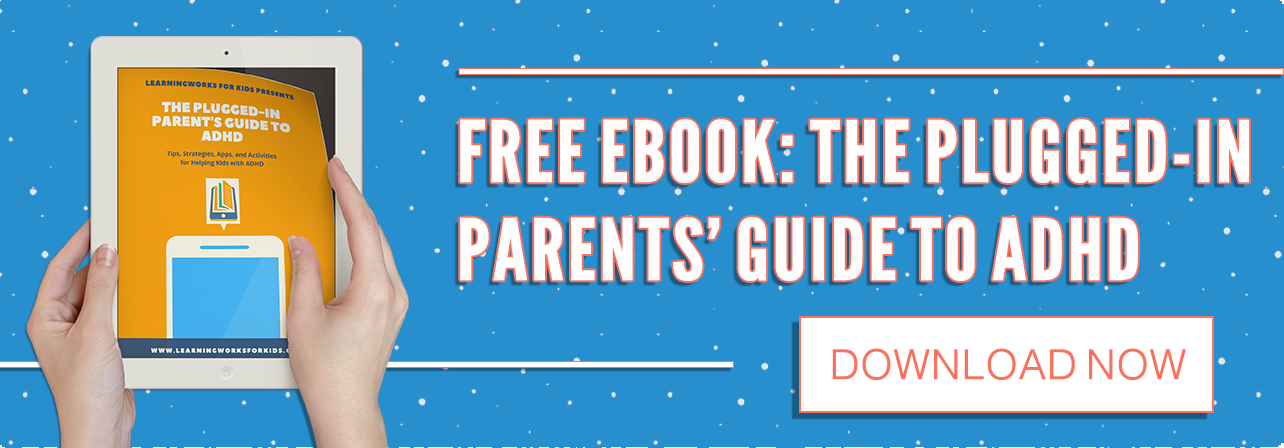It’s been tough for even the most attentive students to stay focused on school over the past few months, and for children with ADHD, anxiety, or difficulty with executive functioning, it’s been even more difficult. Not only were they dealing with new academic expectations, but many of them also did not get enough instruction or structure in remote learning, leading to excessive inattention and inadequate learning. They ere uncertain about how they would be taught and most are still unsure about how school and the rest of their lives will be structured over the next year. Being uncertain and anxious about the future is not an ideal way to promote sustained attention, and parents are searching for ways to help their children focus with remote learning.
Remote schooling places increased responsibility on kids to pay attention. Teachers are not there to prompt them to return to task or help them get started on confusing tasks, and parents are often not versed in the intricacies of teaching children academic or study skills. But if parents are to continue in their role as teacher aides, they will need to learn the basics of teaching skills in sustained attention.
In these uncertain times, we have developed clear strategies that may be useful to improve children’s focus. Here are some that target sustained attention:
Search for the best situations to capture and sustain attention. Everyone learns and attends best in individually unique environments. It is important not to assume that your child is inattentive due to external noises or activities or that the child learns best in a sterile indoor environment. Some tend to do better outdoors; others in the midst of non-distracting activities, and others in very highly controlled situations. Systematically determine the best conditions and settings to sustain your child’s attention over time. Many children with attention difficulties do not sustain their attention well in quiet, sterile settings. These children often do best in a setting where there are modest levels of noise and activities, including some type of “white noise,” soft music, or someone engaged in a task such as working on the computer or making dinner. Consider the conditions that impact your child’s performance (such as time of day, energy level, and the nature of the task) and involve him in thinking about the tools, time frame, and settings that work best for him to complete tasks. By doing this, you will encourage him to become aware of the type of setting that works best for him and to create these settings at home and school.
Encourage short movement breaks. Stretching and breathing techniques can help increase your child’s focus. Take a 5-or 10-minute exercise break, which could include anything from doing jumping -jacks, push-ups, sit-ups or taking the dog for a walk. While at first you should determine your child’s breaks, the long-term goal would be to allow him to determine his own break needs. He should be able to demonstrate that he is using the break responsibly by returning to work focused and productive.
Challenge your child to sustain effort and attention for a specified amount of time. Start with an amount of time in which he can reasonably be successful on a task and gradually increase the amount of time he works on that task. For example, have him work for 10 minutes on a homework task and increase it to 12 minutes. Talk to him about sustaining attention as a form of exercise, increasing the amount of time on task just as a person gradually lifts heavier and heavier weights with practice. Keep a chart of his improvement in sustaining attention so that he will be able to see the progress he has made.
Encourage your child to participate in activities that require full attention. For example, have him play catcher, pitcher, or first base in baseball, positions that require players who are able to sustain their attention more than those in the outfield. In music, he could be encouraged to play instruments that are a regular part of the band or orchestra, rather than something such as cymbals, which are rarely used. Helping him to recognize the differences in necessary attention and involving him in activities requiring higher levels of attention could increase his choices as he matures.






